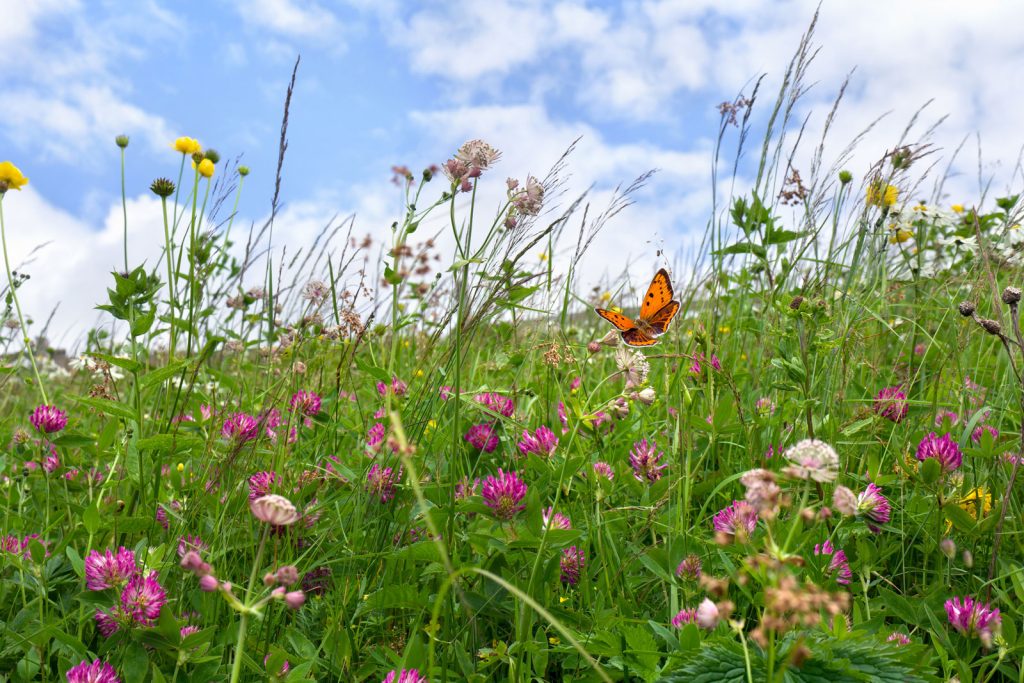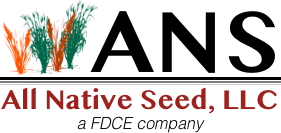
Pollinators such as bees, butterflies, and other insects are vital to ecosystems and agriculture, yet their populations are declining at alarming rates. One of the best ways to support pollinators is by creating a year-round habitat filled with native plants that provide continuous food and shelter. This approach benefits not only pollinators but also enhances biodiversity, soil health, and even the visual appeal of your landscape.
Here’s how to use native plants to create a thriving, year-round pollinator habitat.
Why Native Plants Matter for Pollinators
Native plants are the foundation of a healthy ecosystem. They’ve evolved alongside local pollinators, making them the ideal choice for providing nectar, pollen, and habitat. Unlike non-native plants, native species are better adapted to local soils and climates, which means they require less maintenance and are more resilient to pests and diseases.
Native plants also offer a succession of blooms throughout the growing season, ensuring that pollinators have continuous resources.
Strategies for Year-Round Pollinator Habitat
Plan for Seasonal Blooming
To support pollinators throughout the growing season, plant a variety of native species that bloom at different times of the year. This ensures that your habitat provides continuous food sources, even during early spring or late fall when resources are typically scarce. Here’s an example of how to structure your planting:
Spring Bloomers: Wildflowers like Golden Alexanders (Zizia aurea) and Eastern Redbud (Cercis canadensis) provide vital early-season nectar.
Summer Bloomers: Vibrant species like Black-eyed Susan (Rudbeckia hirta), Purple Coneflower (Echinacea purpurea), and Butterfly Milkweed (Asclepias tuberosa) attract a wide range of pollinators.
Fall Bloomers: Late-blooming plants like New England Aster (Symphyotrichum novae-angliae) and Showy Goldenrod (Solidago speciosa) support pollinators preparing for migration or overwintering.
Provide Shelter and Nesting Sites
In addition to food, pollinators need safe places to rest and reproduce. Native grasses and shrubs provide shelter from predators and extreme weather. For example:
- Grasses like Little Bluestem (Schizachyrium scoparium) and Switchgrass (Panicum virgatum) create cover for pollinators and other wildlife.
- Dead wood, bare soil, and rock piles offer nesting sites for solitary bees and other species.
Consider leaving parts of your habitat undisturbed to provide overwintering spots for butterflies, bumblebees, and other pollinators.
Incorporate Host Plants
Certain pollinators, like monarch butterflies, rely on specific host plants for their life cycles. Including host plants in your habitat ensures that these species can reproduce successfully. For example:
Monarch Butterflies: Milkweed species such as Common Milkweed (Asclepias syriaca) and Swamp Milkweed (Asclepias incarnata).
Black Swallowtail Butterflies: Host plants include Dill, Parsley, and Golden Alexanders (Zizia aurea).
Avoid Pesticides
Pesticides, including insecticides and herbicides, can harm pollinators and disrupt the delicate balance of your habitat. Instead of relying on chemicals, opt for natural pest control methods:
- Use companion planting to deter harmful insects.
- Encourage beneficial predators like ladybugs and birds to manage pests naturally.
- Allow your habitat to develop its own ecological balance over time.
Maintain Habitat Year-Round
Proper maintenance ensures that your habitat remains functional and attractive to pollinators throughout the year. Here are some tips:
In Fall: Leave plants standing over winter. Seed heads provide food for birds, while stems offer overwintering sites for pollinators.
In Spring: Wait until temperatures consistently reach 50°F before cutting back or burning plants, allowing overwintering insects to emerge.
Throughout the Year: Remove invasive species to prevent competition with native plants and ensure a healthy habitat.
Benefits of a Year-Round Pollinator Habitat
A continuous, native-plant habitat doesn’t just support pollinators – it also enhances your property in other ways:
Improved Soil Health: Native plants reduce erosion and improve water infiltration, contributing to a more sustainable landscape.
Biodiversity: Attracting a variety of pollinators promotes a balanced ecosystem.
Visual Appeal: Native plants provide vibrant colors and textures that change with the seasons, enhancing the beauty of your property.
Start Your Pollinator Habitat with All Native Seed
At All Native Seed, we provide high-quality native grass and wildflower seeds that are perfect for creating year-round pollinator habitats. Our seed mixes are carefully crafted to support pollinators, with species tailored to your region’s climate and soil conditions.
Whether you’re starting a new habitat or enhancing an existing CRP project, we can help you choose the right mix of native plants to ensure continuous blooms and support for pollinators throughout the year. With over 400,000 acres of successful plantings, we have the expertise to make your conservation efforts a success.
Help Pollinators Thrive Year-Round
Creating a year-round habitat with native plants is one of the most impactful ways to support pollinators and protect biodiversity. Contact All Native Seed today to learn more about our native seed mixes and how we can help you create a thriving, sustainable habitat. Together, we can make a difference for pollinators and the ecosystems they sustain.
